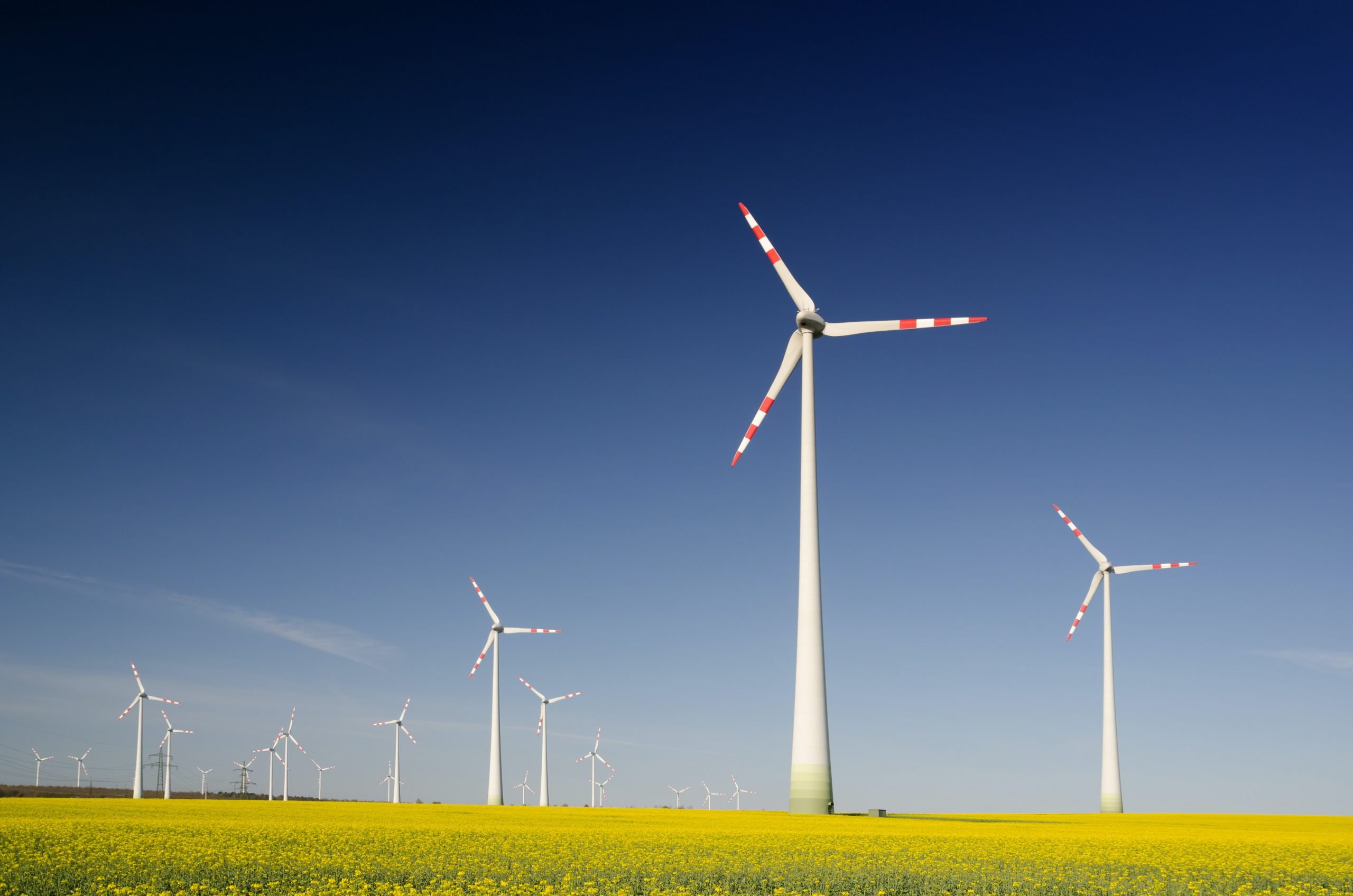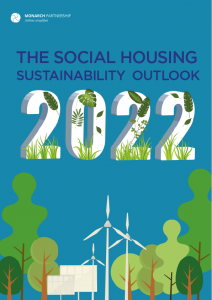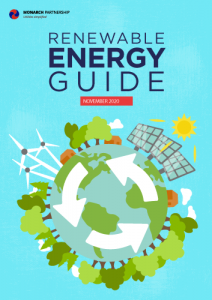Earlier this year, Chancellor Rishi Sunak claimed the UK would become a global leader in green finance. Around the same time, the Prime Minister unveiled a 10-point green recovery plan that included ramping up renewable energy and investing in sustainable infrastructure. But the UK’s investment in a green recovery pales in comparison to its G7 peers, according to a new report from the Trade Union Congress (TUC).
Published ahead of the G7 summit taking place this weekend in Cornwall, the report assesses how much ‘green’ Covid-19 stimulus has been provided by each of the G7 governments. The UK was second to last on the list, just above Japan, with only 13% of that promised by Italy and 6% of what the US has pledged.
‘Green’ activities include renewable energy generation, sustainable infrastructure, energy efficiency, electric cars, nature conservation, public transport and travel. These were all included in the UK’s 10-point recovery plan. Yet, the report has made it clear that these targets are currently unrealistic and unattainable.
So, what can the UK do to reach these targets, and what does it mean for a country to have a ‘green’ recovery?
What does a ‘green’ recovery consist of?
If the UK scaled its investment to match the better half of the G7 table, we could scale up our pipeline of quality green jobs tenfold according to the TUC. The country’s current strategy is set to create 44,000 green jobs by 2030. But if funds increased to match Canada’s investments, that number could surpass 338,000. This would play a vital role in a sustainable recovery.
Becoming more sustainable has been a hot topic in the run up to Cop26, being held in Glasgow later this year. But it is clear that the added pressures of recovering from the pandemic have waylaid the UK’s net zero journey. However, the TUC report highlights the importance of investment in green initiatives to stimulate the economy in a sustainable way.
What’s next for the UK?
The TUC has encouraged the UK to take advantage of this opportunity by investing £85 billion in emergency green infrastructure. This would generate up to a million green jobs. It would also see the UK become a leader in the fight against climate change.
The UK government have also recently launched a Green Jobs Taskforce. This is made up of a collection of businesses, education providers and NGOs. Their focus is on helping individuals who are unemployed in finding new skilful jobs. While the body holds no legal power to hold departments to account, they are able to develop a roadmap of how to scale these jobs long term. The TUC have encouraged jobs working with low carbon steel, electric vehicles, hydrogen and tidal power.
Government figures show that before the pandemic turnover in the UK’s green economy accounted for only 1% of the national non-financial turnover. Whereas domestic jobs involving renewables rose year-on-year in 2018 and 2019. These numbers were still considerably lower in comparison to 2014.
Where does Monarch come in?
At Monarch, we provide end-to-end support to help our clients achieve their sustainable goals. Our list of comprehensive services and expert team of energy specialists are on hand to reduce your organisations consumption, costs and carbon emissions.
Our aim is to reduce overheads whilst also preserving our planet. We work to make energy management seamless and stress free for our clients as we strive towards net zero.
Get in touch today to find out how we can help you get green.















